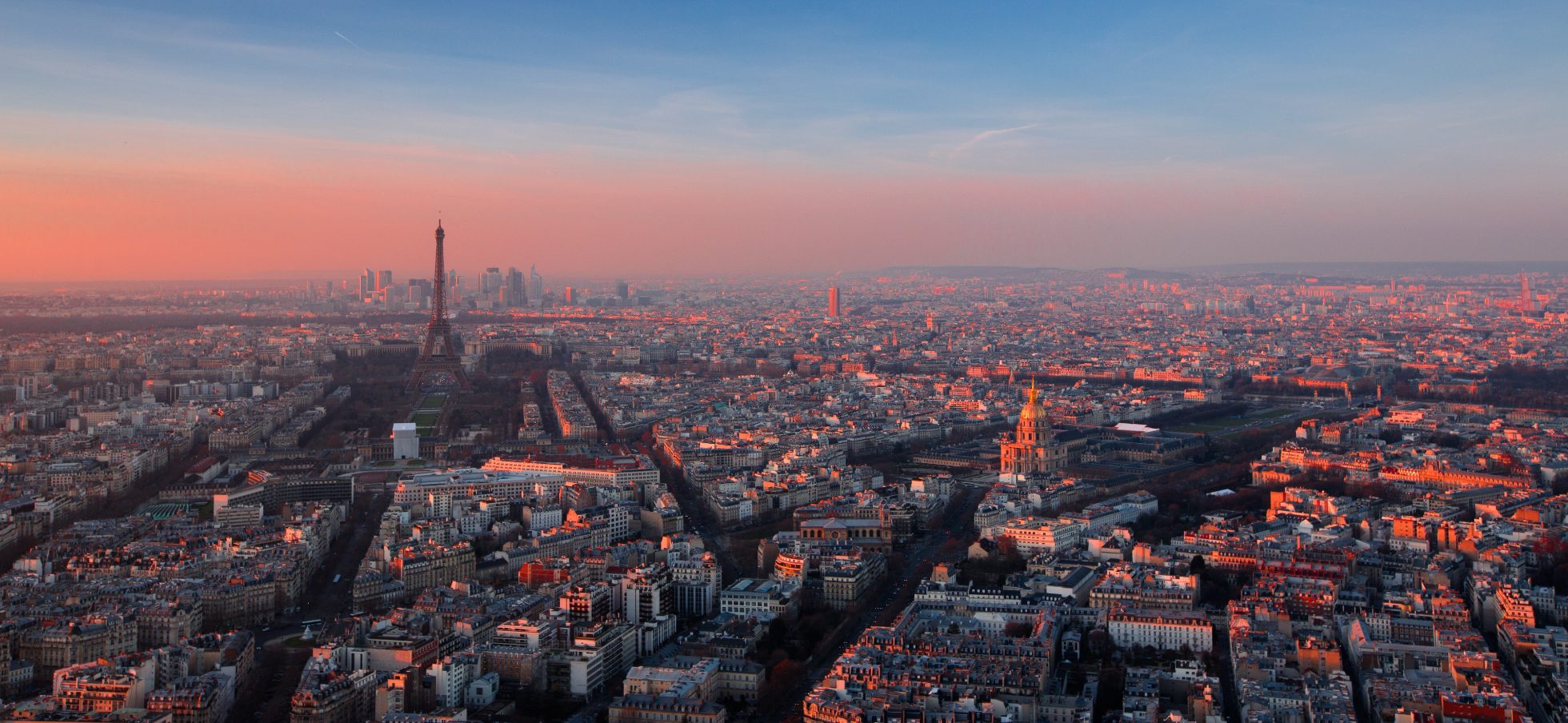Paris for longer - attractions and sights to see when you have more time

Once you know the main attractions of Paris, and you are among the lucky ones who come here not for a day or two, but for longer, you can move on to explore charming parts. Here, at almost every turn you can find something interesting and fascinating!
Les Invalides - visit Napoleon’s tomb
On the left bank of Seine stands a building that stuns with its size - it’s called Hôtel des Invalides. This massive building from the second half of the 17th century was built on the order of King Louis XIV as a hospital and boarding house for war veterans. Let us just mention that it has fifteen (sic!) courtyards and could accommodate as many as four thousand patients within its walls. You have already seen this distinctive tall golden dome for sure. It crowns the Dome Church, an object of great value to the French, as the remains of Napoleon Bonaparte are buried there. Today in the complex, in addition to the extraordinary architectural decoration, you will find several museums, including the Army Museum and the Museum of the Order of the Liberation.

Pantheon - in honour of national heroes
When visiting the monumental sights of Paris, you can't miss the Pantheon. It’s a Neo-classicist massive edifice standing in the Latin Quarter on top of the Sainte-Genevieve hill. It was built in the 18th century as the Church of St Genevieve. In the following century it became the necropolis of many prominent French personalities from the world of science, art and politics. The list of those who rest here include writers such as Victor Hugo, Alexandre Dumas and Emil Zola. From the Polish perspective, the most valuable tomb is that of Maria Skłodowska-Curie.
Sorbonne University - a legend that lives on
Paris was known as one of Europe’s most important scientific centres as early as in the 11th century. It also had a university, known as the Sorbonne, which became a model for other such entities. Today, this university is still a place of great achievements and discoveries and one of the best and most prestigious universities in the world. In addition to its educational value, it’s also a great object for architectural contemplation. Walk through the historic corridors, take a look at the beautiful courtyards and the former monastery church. See how the legend is made!
Catacombs - the underground secrets of Paris
Would you like to experience the world from Victor Hugo’s “Les Misérables”? Are you tempted by the darkness of the past, the mysteries and realities of life in other historical periods? If you have nerves of steel, set off to explore the undergrounds of Paris! The network of catacombs is as long as 500 km, some of which have been opened up to tourism, becoming one of the most unusual attractions in Paris. Be prepared for some tough sights, though, as this is where hundreds of thousands of skeletons of the city’s former inhabitants - mostly victims of past wars and epidemics - are kept.
Place des Vosges - the oldest and most fashionable square in Paris
Place des Vosges is one of the most beautiful examples of late Renaissance architecture in Europe. Surrounded by uniform façades of beautiful tenement houses combining brick and stone, it’ll delight you with its harmony, symmetry and artistic order. If you come here on a weekday before noon, it’ll be peaceful and quiet, but in the weekend, the centre of the square with its four fountains and monument will be filled with resting and picnicking Parisians.

Carnavalet Museum - the history of Paris in a nutshell
Among the precious monuments of Paris, which often played significant roles, first in novels and later in films (especially costume ones), there are also the interiors of palaces, houses and flats. That's why two mansions from the 16th and 17th centuries were turned into the very interesting Carnavalet municipal museum with collections of old furnishings and the largest collection of artefacts related to the French Revolution. As you move from one room to another, you can learn about the history of the city, as well as the tastes and styles of French homes from different historical periods. What can be better than a solid dose of knowledge given in an accessible and attractive way?



